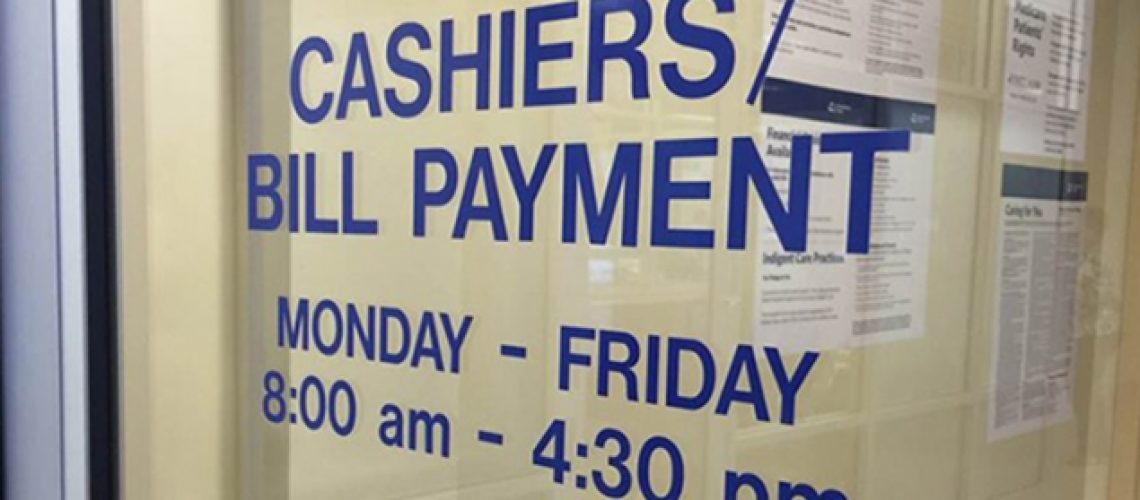Unfortunately, many healthcare providers are missing out on things like electronic billing, email capture.
A new survey by the Medical Group Management Association suggests providers, especially hospitals, are missing out on key areas to improve when it comes to patient billing, payments and satisfaction.
The Digital Payments Progress report, a product of a partnership with medical claims management company Navicure, is a national survey conducted among MGMA member organization this past May.
The report shows that physician practices seem to have the advantage when it comes to billing and payments. For instance, 79 percent of ambulatory organization respondents can generate a cost estimate upon request, while only 69 percent of hospital respondents can do so.
Also, 64 percent of group practice respondents reported patients are comfortable sharing their email address, while only 56 percent of hospital respondents had that perception.
“In actuality, 79 percent of patients report feeling comfortable providing their email address. This represents an opportunity to leverage email addresses to deliver bills electronically, saving the industry millions of dollars in cost, environmental waste and days in A/R,” the report said.
There are also other key areas where all providers could be doing a better job of playing to the needs and wants of consumers. Despite a majority of patients’ preference for electronic billing, 52 percent specifically, 77 percent of respondents still send paper bills. A similar study conducted in January by Navicure and Himss Analytics showed the same trend, with 52 percent of patients preferring electronic billing but 89 percent of providers saying they still used regular mail.
The HIMSS/Navicure study also showed keeping a credit card on file is something that 78 percent of patients approve of for small charges totaling less than $200 but only 20 percent of providers used this method.
The Progress Report echoed this notion, with results showing CCOF would be highly beneficial to revenue cycle management, and ultimately a provider’s bottom line. It helped reduce patient bad debt/write off, according to 36 percent of respondents, and 34 percent said it cut days in patient A/R and cost of collections, the report said.
In an age of consumerism, where patients are paying more out-of-pocket costs and shopping around for providers and services, practices and hospitals alike would do well to pay attention to these trends among patients, who now act more like retail consumers who go where their needs and preferences are met. Consumers have voiced a willingness to switch providers in order to have services like telehealth available to them. Chances are, as they become even more discerning and demanding, something seemingly small like electronic billing could prove pivotal when it comes to keeping patients’ business.
——————————————————
Photo courtesy of: Healthcare Finance News
Originally Published On: Healthcare Finance News
Follow Medical Coding Pro on Twitter: www.Twitter.com/CodingPro1
Like Us On Facebook: www.Facebook.com/MedicalCodingPro







